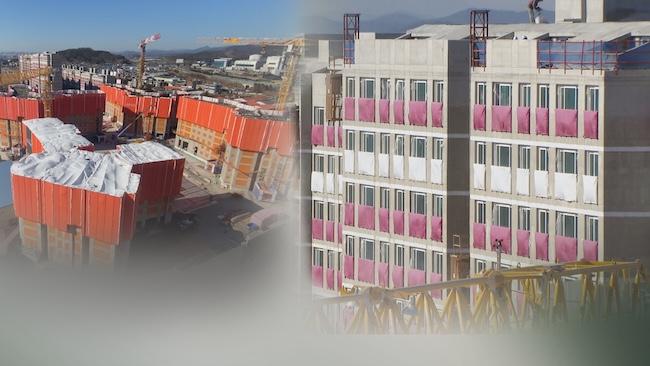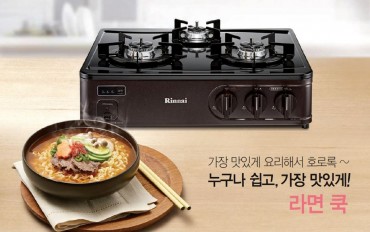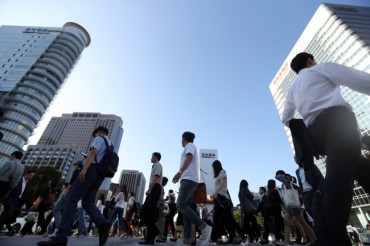
Leading South Korean construction companies are grappling with mounting profitability challenges as the industry faces a prolonged downturn. (Image courtesy of Yonhap)
SEOUL, Dec. 10 (Korea Bizwire) – Leading South Korean construction companies are grappling with mounting profitability challenges as the industry faces a prolonged downturn. Cost-to-sales ratios have climbed above 90%, up sharply from the traditional mid-80% range in recent years, with some firms seeing ratios exceed 95%.
According to NICE Information Service, the average cost-to-sales ratio for 10 major construction companies, including Hyundai Engineering & Construction, DL E&C, GS Engineering & Construction, and POSCO E&C, reached 93% in the third quarter. This marks a 5.5 percentage point increase from 87.5% in 2021.
A 93% cost-to-sales ratio means that for every 100 million won in revenue, 93 million won goes to material costs, leaving just 7 million won to cover taxes, operational expenses, administrative costs, and profit margins. Industry sources note that construction companies historically maintained ratios in the mid-80% range when building costs were stable.
Among major builders, Hyundai E&C recorded the highest ratio at 95.1% in the third quarter. Kolon Global (94.8%) and POSCO E&C (93.7%) also reported ratios well above 90%.
“The sharp rise in construction costs for projects that broke ground in 2021 and 2022 has driven up cost ratios and significantly reduced profits for construction companies,” said Kim Chang-soo, a senior analyst at NICE Information Service.
The Construction Cost Index, published by the Korea Institute of Civil Engineering and Building Technology, reached 130.32 in October, indicating that construction costs have risen more than 30% since 2020, when the index was set at 100.
The rising cost ratios mean diminished profits even from large-scale projects. This weakened financial position leaves companies vulnerable to unexpected situations, particularly regarding project financing loans with guaranteed completion commitments.
Kolon Global, for instance, reported an operating loss of 20.5 billion won in the third quarter due to surging construction costs.
“Many construction companies have seen their housing business operating profit margins fall from the usual 7-8% to around 3%,” said an industry official. “There’s almost nothing left over.”
The companies are also facing growing accounts receivable, which increased by 55.5% (11.4 trillion won) from 20.5 trillion won at the end of 2022 to 31.9 trillion won last September. This surge is attributed to increased uncollected payments from housing projects with slow sales and unbilled construction work.
Industry experts predict that the profitability challenges won’t improve quickly. “The market remains weak, and cost increases haven’t been resolved,” said Choi Seok-in, director of planning and management at the Construction and Economy Research Institute of Korea.
“With unresolved issues in public sector investment, regulatory reform, and construction cost adjustments for inflation, the normalization of construction company profits seems distant.”
M. H. Lee (mhlee@koreabizwire.com)






